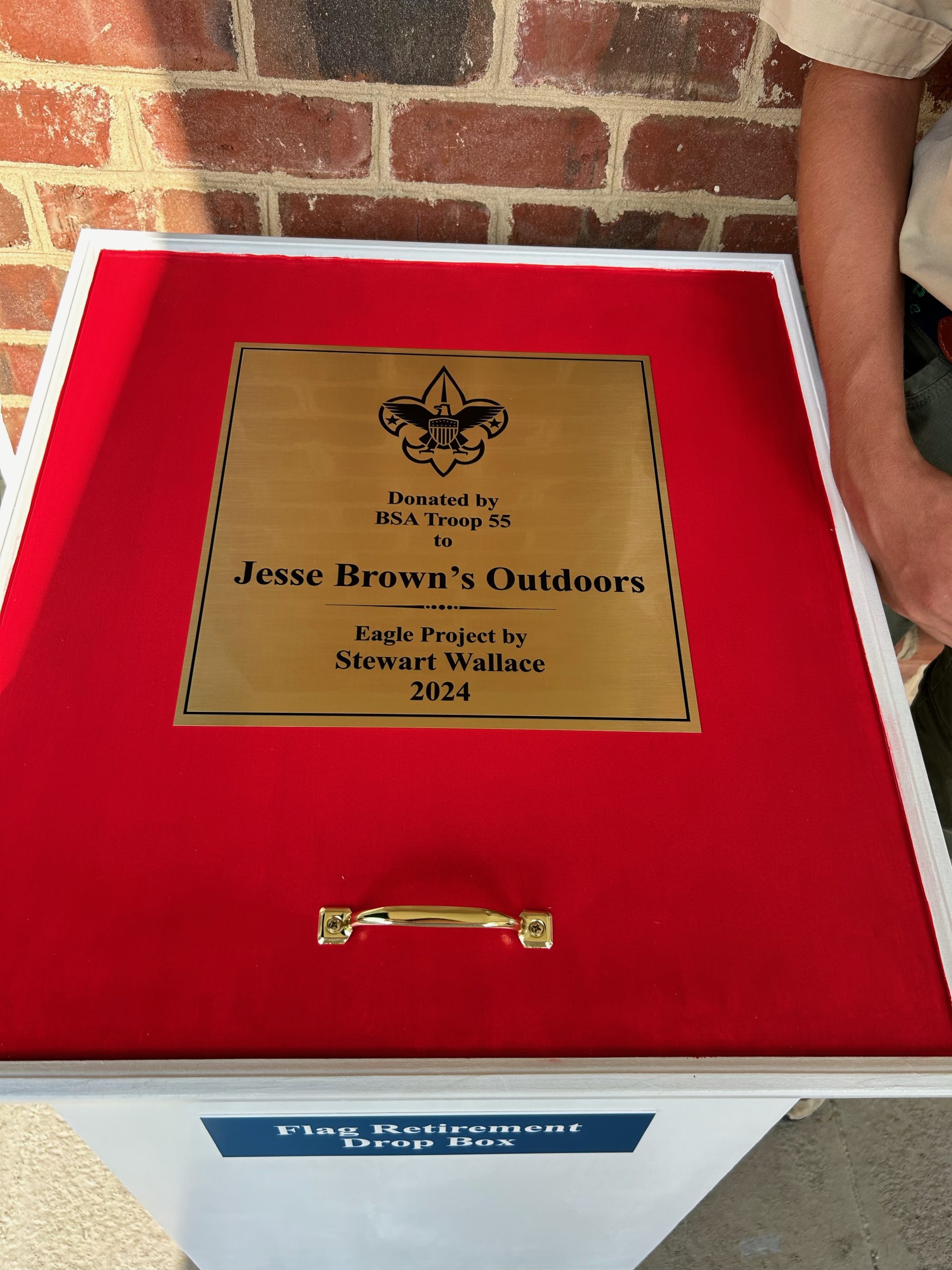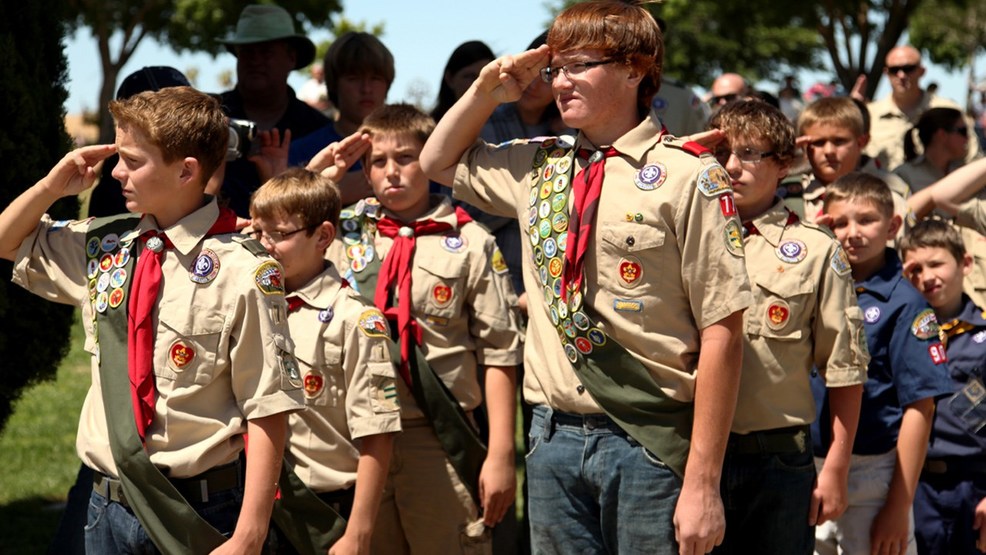Tales, Trails, & Treats with Palmer McIntyre
Segment 3, September 21st, 2024 Palmer McIntyre took some time to stop by and visit with host Bill Bartee about[…]
Read moreHighlights of the Carolina Outdoors
The Outdoor Guys from Jesse Brown's


Segment 3, September 21st, 2024 Palmer McIntyre took some time to stop by and visit with host Bill Bartee about[…]
Read more
Segment 2, September 14th, 2024 Stewart Wallace is a Senior at Myer’s Park High School. Through his youth he’s been[…]
Read more
Segment 3, September 14th, 2024 We have one of the healthiest, and most prolific Scouting programs in the United States. […]
Read more
Segment 2, September 7th, 2024 The Flag has long been the symbol of the United States of America. Although it[…]
Read more
Segment 3, September 7th, 2024 When Sharon Thorsland was last on the Carolina Outdoors, the topic was the personality of[…]
Read more
Segment 2, August 31st, 2024 This is a huge weekend in the outdoor realm. Monday, September 2nd kicks off the[…]
Read more
Segment 3, August 31st, 2024 The new college football season is upon us but there have been a lot of[…]
Read more
On this addition of the Carolina Outdoors sponsored by Jesse Brown’s we’re saying hello to the upcoming new season (see[…]
Read more
Segment 3, August 24th, 2024 It is one of the favorite times of the year on the Carolina Outdoors. Backpacks[…]
Read more
Segment 1, August 17th, 2024 The Carolina Outdoors ends each week with a statement to remember to pick-up your trash. […]
Read more